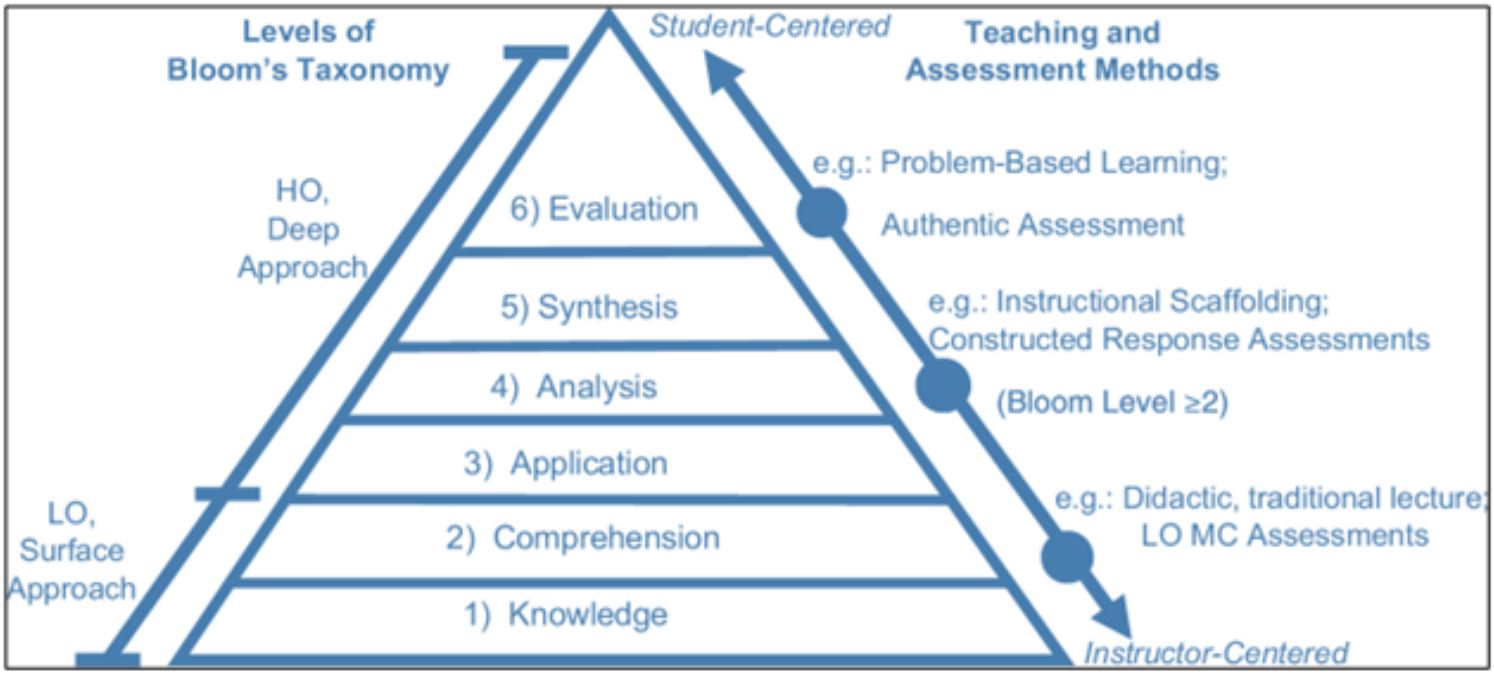According to Hermida (2016), “Deep learning is an approach and an attitude to learning, where the learner uses higher-order cognitive skills such as the ability to analyze, synthesize, solve problems, and thinks meta-cognitively to construct long-term understanding” (para. 2).
In a deep learning environment, students pay serious attention to what they are learning and try to make sense of it. They look at the components of the information presented, connect them, and process them to search for meaning. As the learners attempt to develop their own interpretation, they also tap into prior learning and experiences.
In contrast, surface learning focuses on lower-level learning, such as remembering information or facts and some level of comprehension (Hermida, 2016, para. 4). A student who engages in surface learning may memorize information with minimal analysis or reflection. Learners may focus on unconnected facts they believe they will need to reproduce later to complete an assessment or pass a test.
Deep learning, on the other hand, focuses on tasks that include application, synthesis, and evaluation, as displayed below in Bloom’s Taxonomy (Hobbins et al., 2020, p. 671):
Instructors can facilitate deep learning by making incremental changes to their lesson plans or course objectives and following Bloom’s hierarchical levels from the bottom up.
References
Hermida, J. (2016, July 25). Deep learning in higher education. Student Success.
Leiden-Delft-Erasmus Universities.
https://www.lde-studentsuccess.com/news/deep-learning-in-higher-education
Hobins, J. O., Murrant C. L., Snook, L. A., Tishinsky, J. M., & Ritchie, K. L. (2020,
August 20). Incorporating Higher Order Thinking and Deep Learning in a Large, Lecture-Based Human Physiology Course: Can We Do It? Advances in Physiology Education. 44(4). 670-678. https://journals.physiology.org/doi/epdf/10.1152/advan.00126.2019

